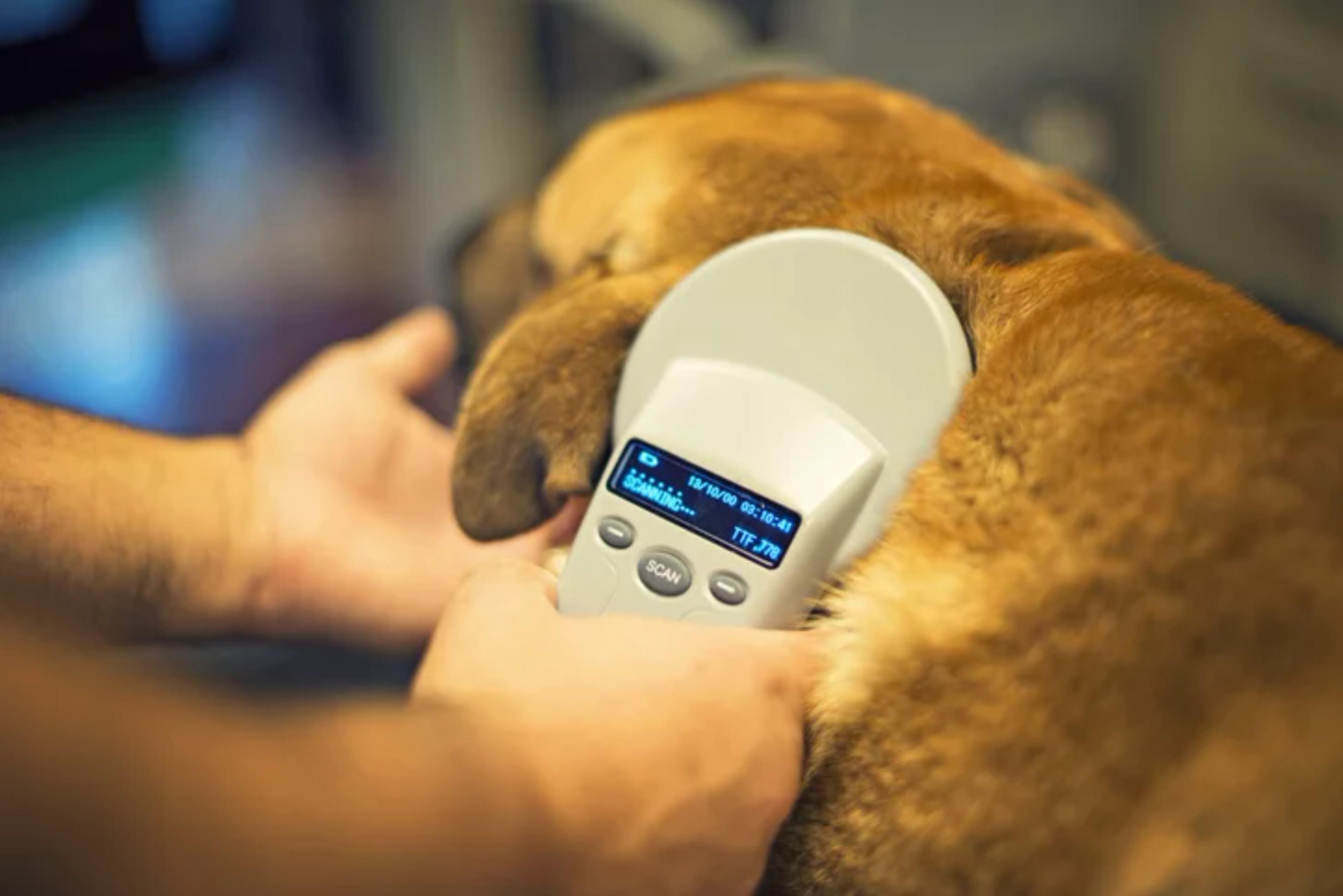The Slide Guide to Disaster Preparedness for Pet Owners
While you may be well-prepared to protect your home and family during a storm, have you considered your furry, feathered, or scaly family members? Hurricane preparedness for pet owners is crucial, and in this article, we'll provide guidance on how to help you plan for the safety and comfort of your pet during a hurricane or other disaster.
Note: Visit the American Veterinarian Medical Association for disaster and evacuation prep information for livestock and other large animals.
Have emergency supplies ready for your pets.
Your household’s emergency supply kit should have items necessary for sheltering at home for up to two weeks.
You will also need a separate “go-kit” ready to evacuate in an emergency that includes the following items:
- At least three days’ supply of food, water, and medication for each pet, stored in sturdy airtight containers.
- A picture of you and your pets together and proof of immunization, stored with your other important documents in a waterproof bag or on your mobile devices.
- Leashes and collars.
- Carriers for each pet with your name and phone number marked on the outside.
- Sanitation items like litter and a litterbox, paper towels, plastic bags, newspapers, bleach, and cleaning supplies.
- Familiar items to keep your pet calm and happy, like favorite treats, toys, and bedding.
- Pet shampoo and grooming items.
Prepare an evacuation plan for your pets.
Knowing your emergency evacuation route is a standard step toward disaster preparedness. What many pet owners don’t realize until too late is that most public emergency evacuation shelters and hotels will only admit service animals.
You will need to act immediately in the event of an evacuation order. If it’s not safe for you to stay in the house, it’s not safe to leave pets behind.
Once you know your evacuation plan, determine if your pet will be able to stay with you. If not, your veterinarian’s office is a great place to start with your pet shelter planning. They can recommend shelters, kennels, and other pet boarding options near your evacuation destination.
Steps you can take now before an emergency is imminent include:
- Get documentation from your veterinarian showing your pets are up to date with all required vaccinations, as many boarding facilities will deny admission to animals without proof of immunization. If your pet is not fully immunized, schedule an appointment as soon as possible to get those completed.
- Keep your pet’s medications well-stocked throughout hurricane season, as you may not have access to obtain refills for several days or even weeks in a disaster situation.
Once your plan is in place, have this information handy on all your devices. There are several free mobile apps to assist you.
Prepare for hunkering down.
If you choose not to evacuate, you will need to be prepared to keep your pets calm, as they can sense when something is amiss.
Here are some steps you can take to keep them calm and safe:
- Create a safe space inside your home. Play soft music, use pheromone diffusers, or consider a thunder shirt for anxious pets.
- Keep your pets in a secure room, cage, or crate. Open doors or gates can lead to dangerous situations if your pet escapes. Make sure windows and doors are secure.
- Stay informed about the hurricane's progress and prepare accordingly if your pet needs to go outside to go to the bathroom. Keep your pets indoors as the storm approaches.
Once the storm passes, be cautious of debris and downed power lines when taking them outside. Continue to provide food, water, and comfort as you assess any damages.
Consider microchipping your pet.
Your dogs and cats should always wear a collar with identification tags, even if they never go outside alone. However, collars and tags can get lost or damaged during an emergency. Having pets microchipped is proven to be the most effective way of reuniting lost animals with their families.
A microchip is a tiny permanent device that identifies your cat or dog when someone finds your pet and brings them to a shelter.
Your veterinarian can painlessly insert a microchip and help you register them with one of the national databases. Include contact information for all responsible household members. Be sure to update this information whenever it changes.

Conclusion
Our pets rely on us to keep them safe. Remember their needs when planning for hurricane season and other emergencies. Adding these important tasks to your preparedness routine will ensure your pet’s safety and well-being.
Visit the Slide Storm Center for more disaster planning and preparedness resources.
Find more pet preparedness resources at: